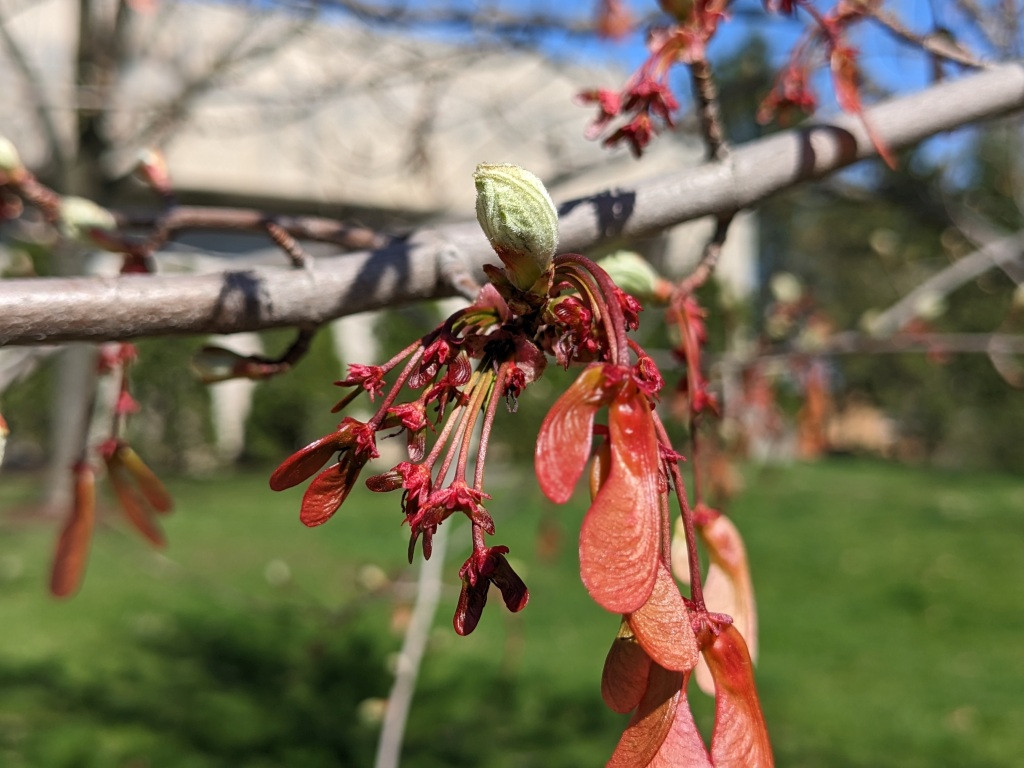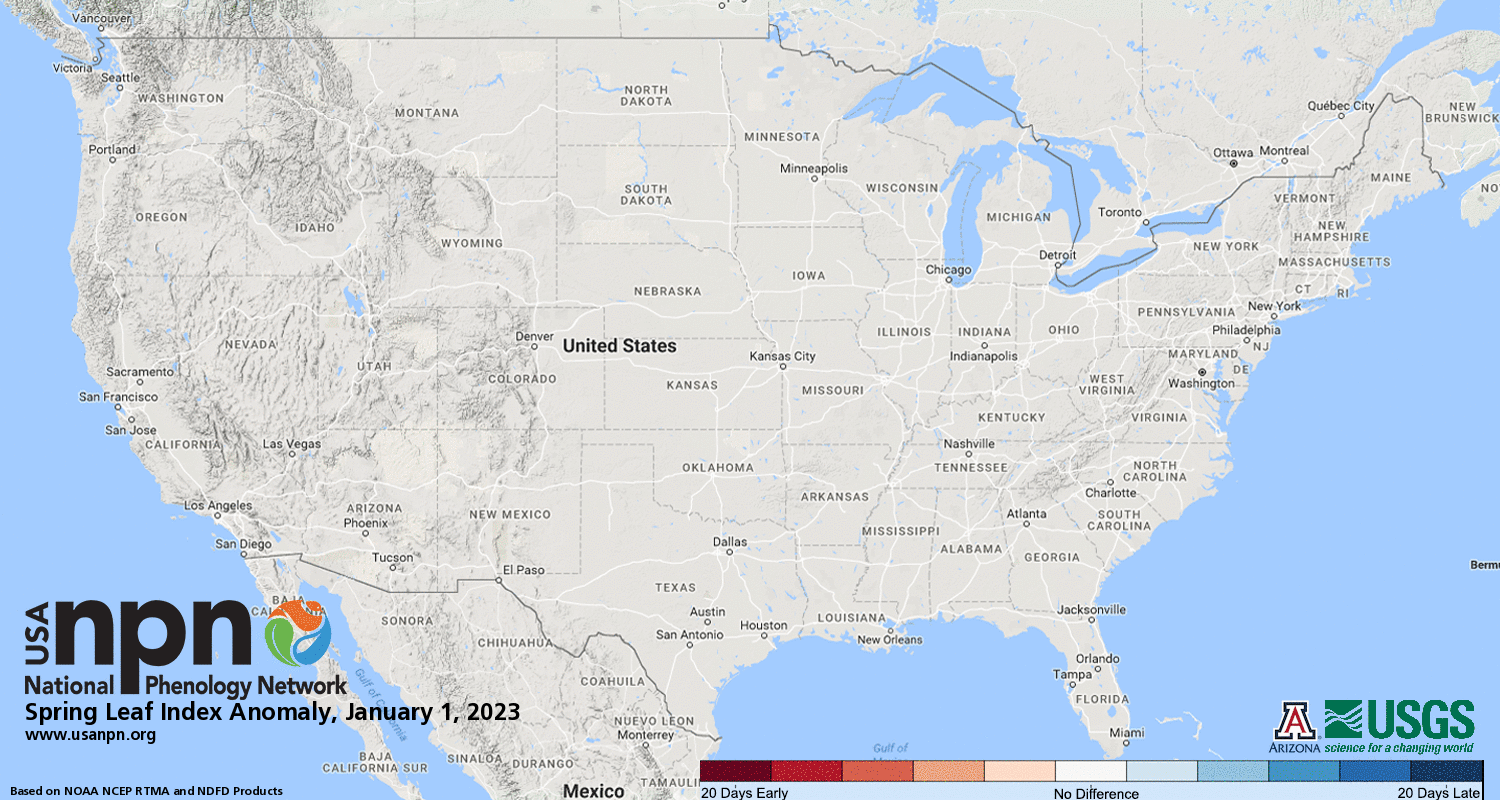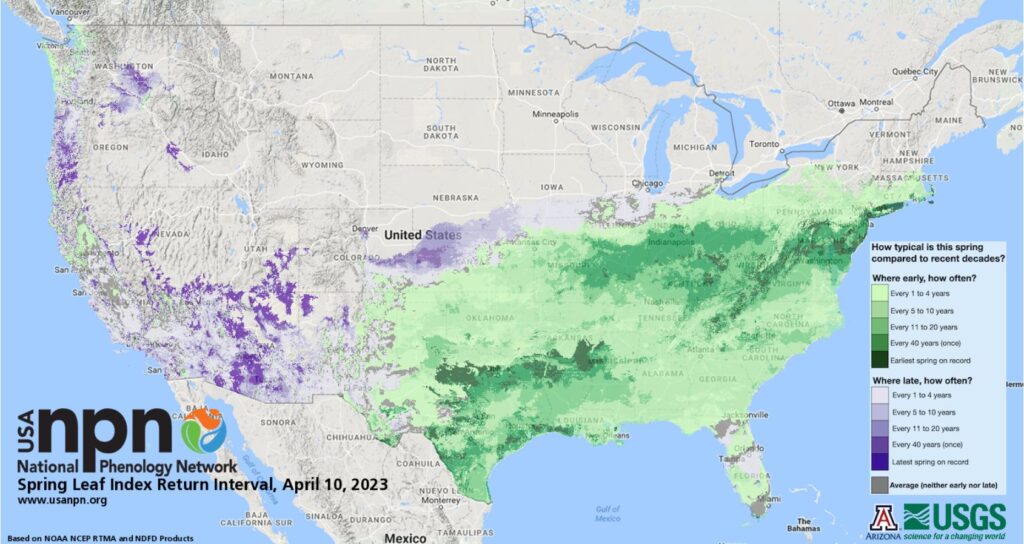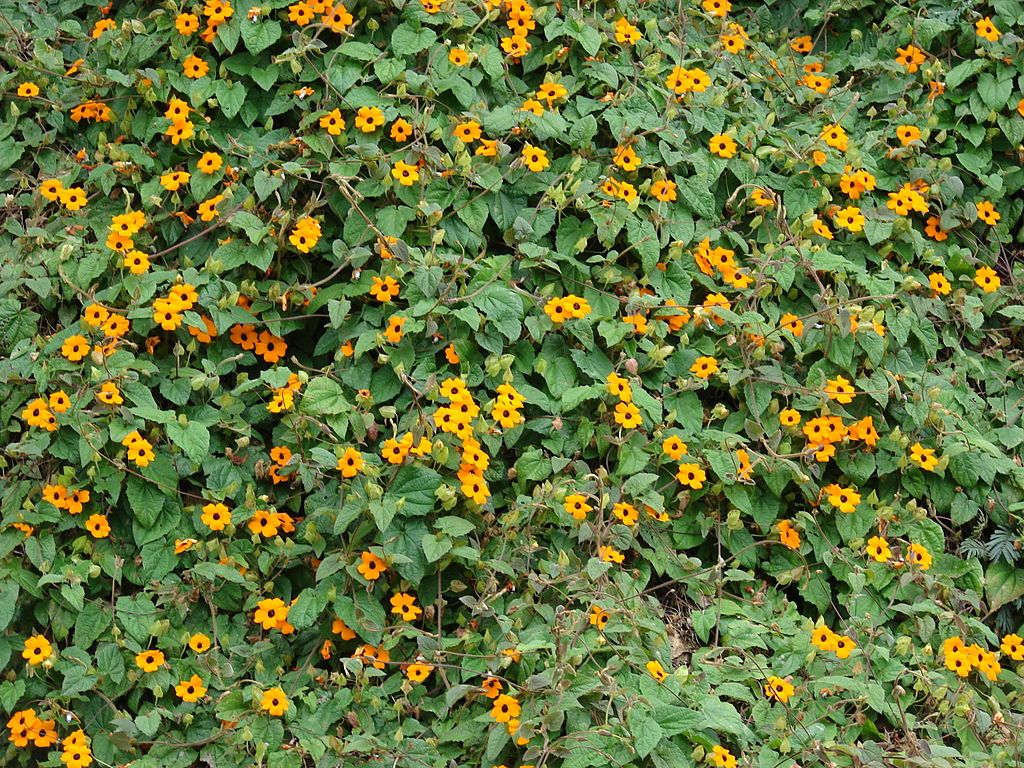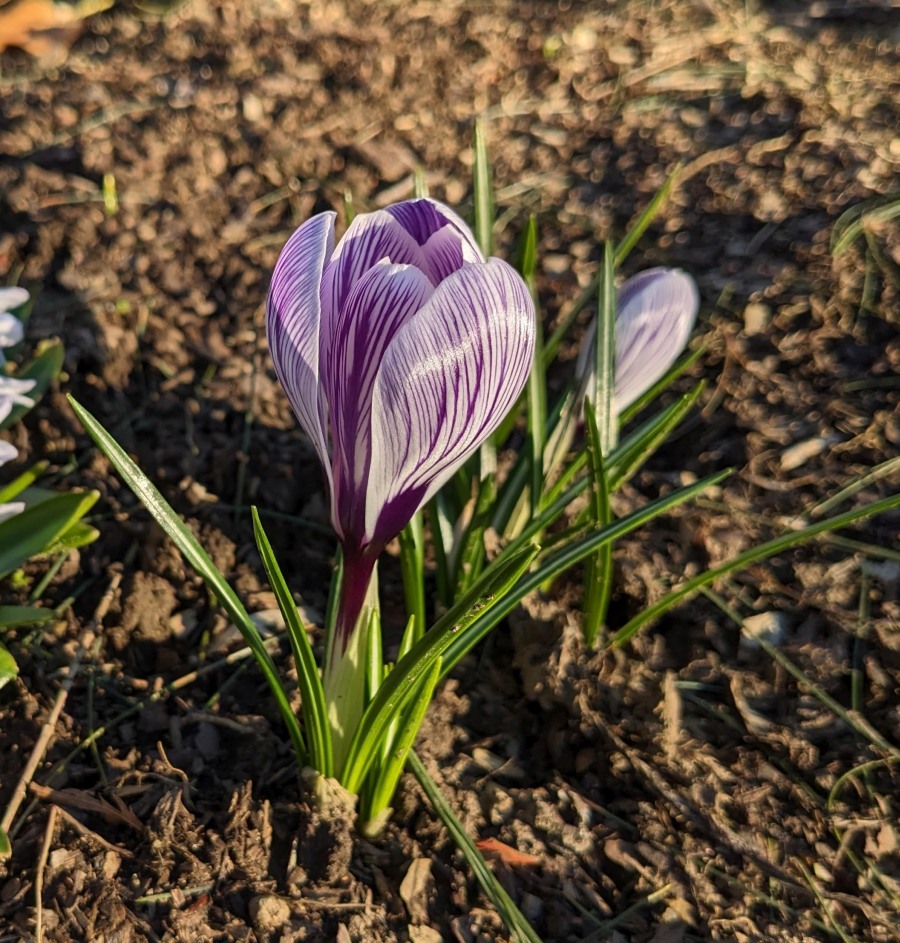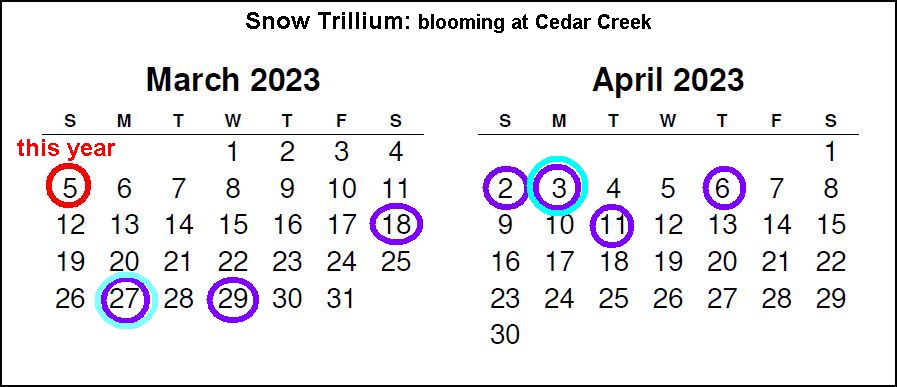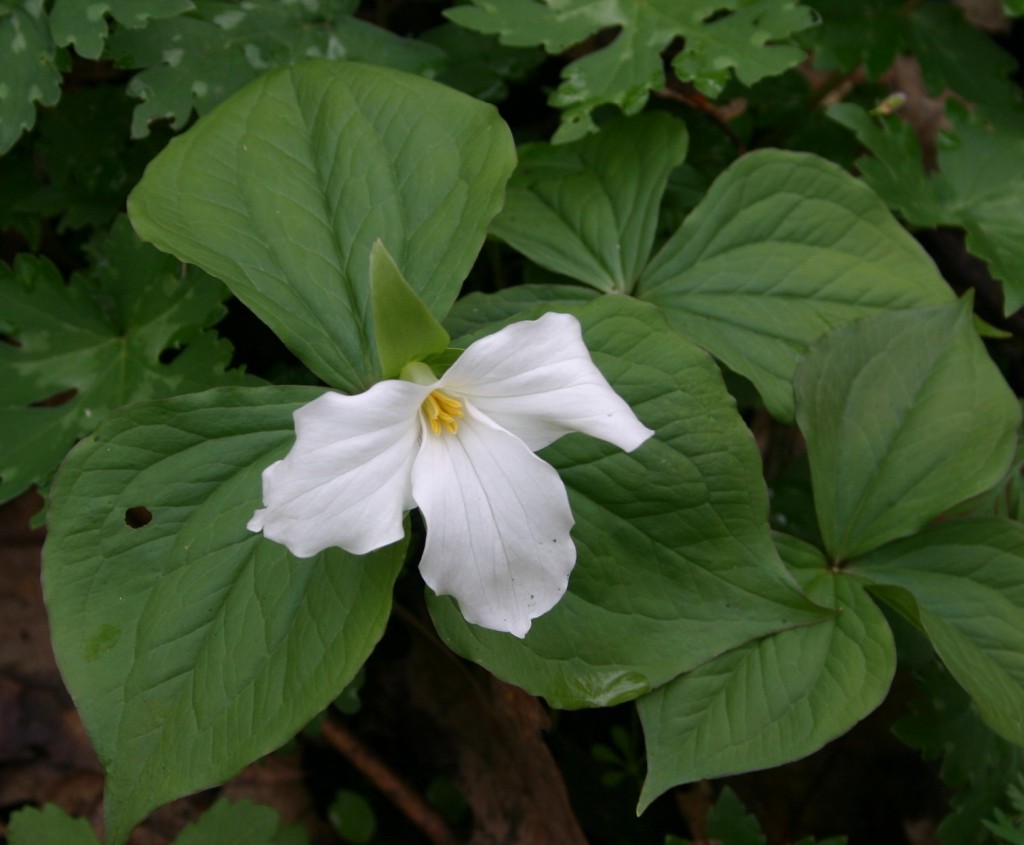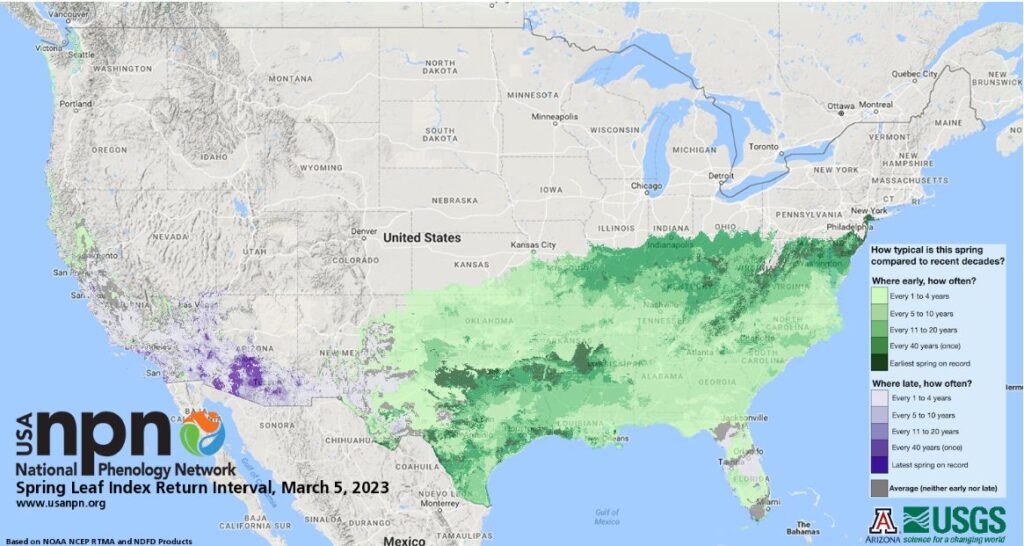
15 April 2023
More flowers bloomed and more trees leafed out as hot summer weather continued this week.
I saw a few bluets (Houstonia) and spring beauty (Claytonia) at Knob Hill Community Park yesterday.

In Frick Park on Thursday this box elder (Acer negundo) was blooming and leafing out at the same time.
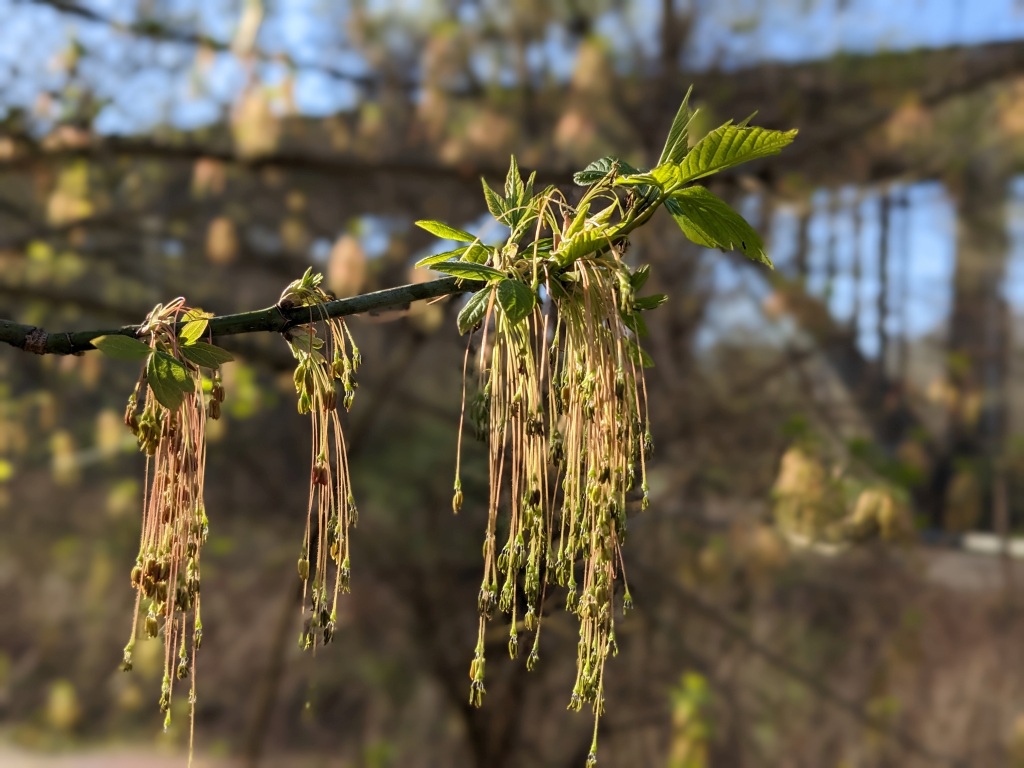
But many native trees still looked bare, such as the oaks on this hillside.

The slowness of native trees made last weekend the perfect time to see the invasive extent of Callery pears (Pyrus calleryana). Native white-flowering trees, such as serviceberry and wild cherry, were not blooming yet so the only white trees in the landscape were the Callery pears.
On 8 April at the Ridge Road interchange on the Parkway West (I-376) I found thick stands of Callery pears as far as the eye could see (first 2 slides below). The trees gained a foothold in disturbed soil after construction of the Ridge Road interchange in 2006 and Settlers Ridge shopping center in 2009. The third slide shows Callery pears in the woods at Wingfield Pines.
Callery pears were banned in PA in 2021. As you can see, we “locked the barn door after the horse got out.”
p.s. This weekend the downy serviceberries are blooming (white) and the Callery pears are growing leaves (white+green) so it’s no longer possible to pinpoint the invasive species.
(photos by Kate St. John)



